In recent years, one hashtag has gained such an enormous following that it has literally resulted in a new (or at least newly popularized) lifestyle: #vanlife. While, admittedly, people have been living in vehicles in one form or another ever since the invention of the automobile, the van life movement is characterized less by necessity and more by the attempt to make van living as comfortable — and in some cases even luxurious — as possible.
There was a time when van life was referred to — somewhat more humbly — as “living in your car.” But these days the lifestyle has gotten significantly more sophisticated and comfortable. To that end, let’s take a look at everything you need to know about embarking on your first van life this summer.
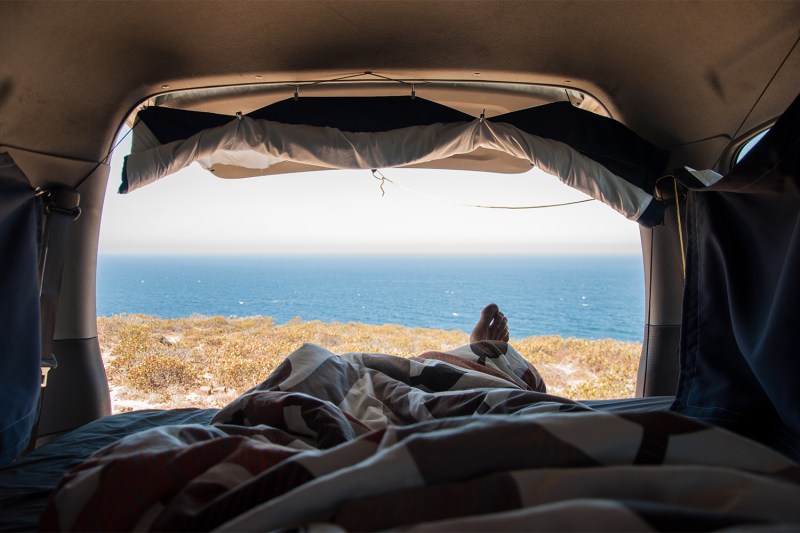
Related Guides
Why Live in a Van?
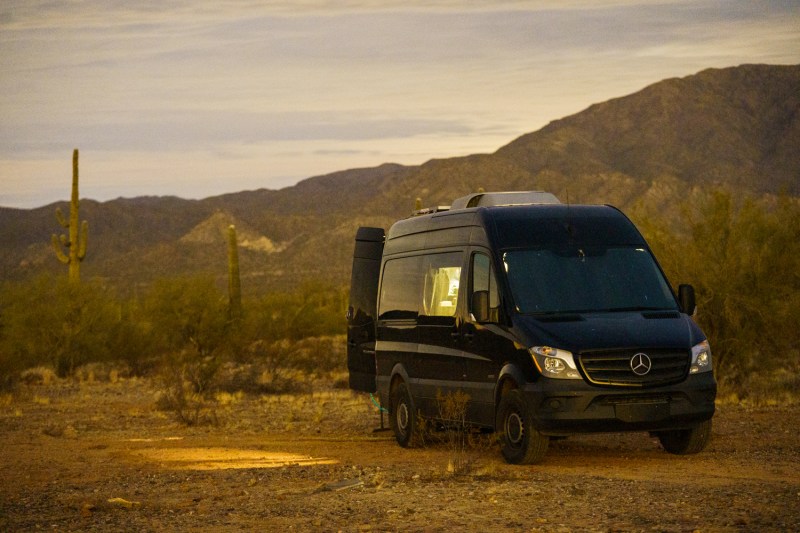
Historically speaking, people moved into their vans or vehicles due to economic pressures, but modern van life isn’t cheap. Converting and gearing up a van can be surprisingly spendy — especially if you want it to look nice for Instagram, which is a pretty core aspect of the whole thing. Rather than moving into a van out of necessity, van-lifers tend to do it for two reasons:
1. The Opportunity for Experience
Living out of a van makes it easy to travel around a country and get to know it far more deeply than you could if you were taking a typical vacation. The mobility and flexibility of the lifestyle mean that you can go anywhere your wheels can carry you.
2. Because They Can
Van life has been facilitated by a number of modern developments. First, the widespread accessibility of Wi-Fi has made remote work increasingly easy — a trend that was accelerated by the stay-at-home orders of the pandemic.
Second, the recent availability of portable solar power stations like those from Jackery or Goal Zero has made it possible to power devices literally anywhere, adding further flexibility to location-independent work. In other words, van life is gaining steam because it’s never been so easy to pack up your work and see the world.
How to Choose a Vehicle for Van Life
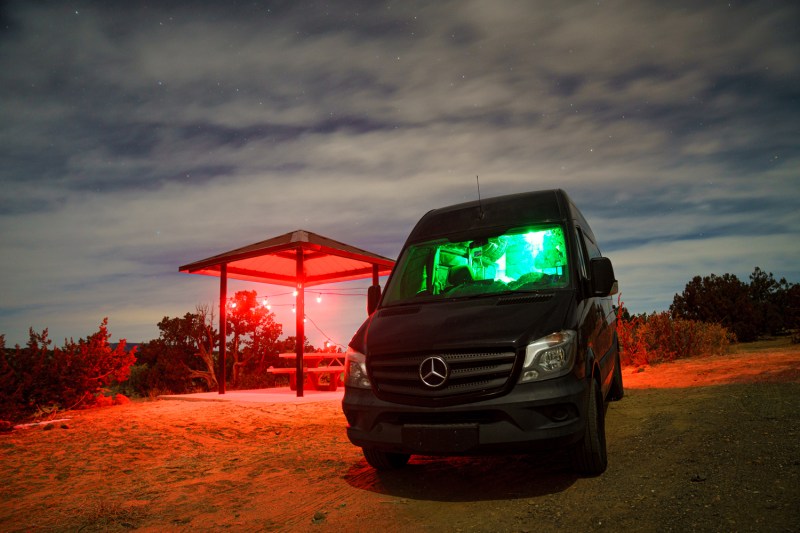
Van-lifers have managed to convert and live out of an extremely wide range of models, from compact SUVs to the iconic Volkswagen Westfalia campers to expansive box vans. Which particular vehicle is right for you depends on your needs and means, but here are a few things to keep in mind:
Size and layout
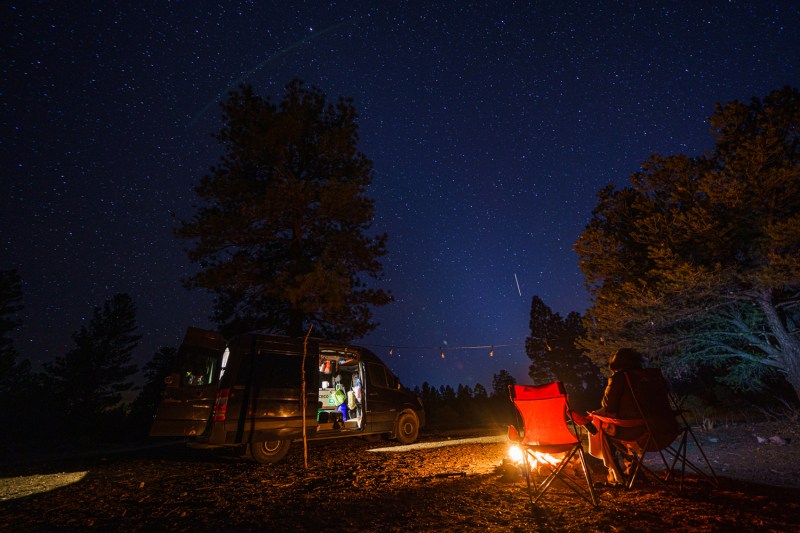
You need a vehicle that’s big enough to carry you and whoever you’ll be bringing along, as well as all your car camping gear. The more space, the more comforts you can pack in. The shape matters as well, as some layouts are harder to convert than others.
One example of a vehicle that has gained a lot of popularity among van-lifers for exactly this reason is the Honda Element, which is essentially a big box that is easy to mold to your needs. A lot of people go with minivans for the same reason. They might not be “cool,” but they are roomy.
Gas mileage
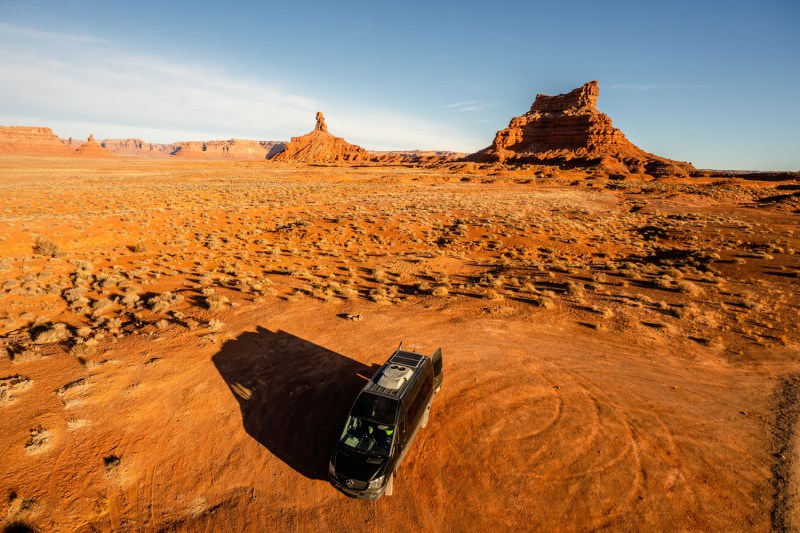
It’s no secret that gas is rising in price, and at the same time, more and more people are becoming concerned about environmental issues. Accordingly, a vehicle’s fuel efficiency should be taken into consideration.
This can be challenging when it comes to a van. Larger vehicles almost always get lower mileage, especially once they’ve been loaded down with gear. If you’re seeking efficiency, keep an eye out for a midsize or compact SUV.
Cost (Both Upfront and Down the Road)
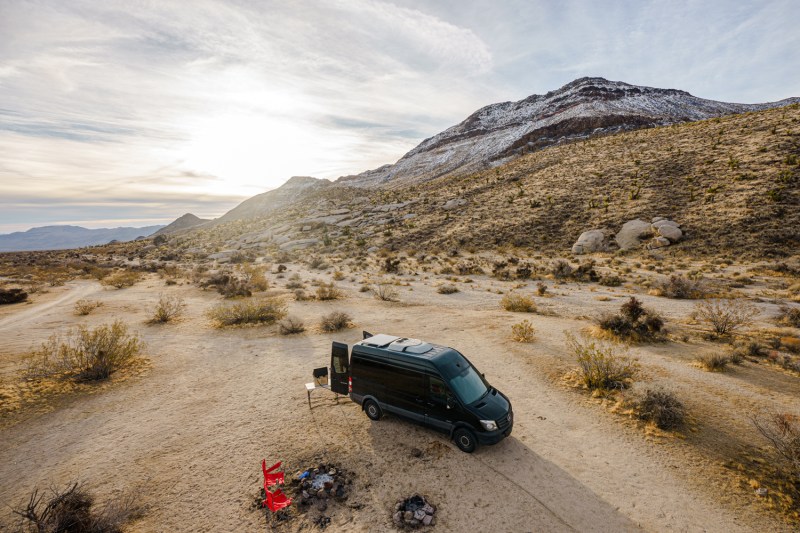
When it comes to price the sky is the limit, but most of us want to keep things at a reasonable altitude. That means not only considering the purchase price, but also potential repair costs as your van life progresses.
If you’re trying to keep upfront costs down, you’ll probably have to strike a balance between mechanical soundness and aesthetic condition. The right balance depends on your preferences. Some people would rather start out with a few dings and scratches, but no mechanical issues. Others might prefer to have a clean exterior, then compromise by putting a few dollars into repairs under the hood.
Repairs further down the road are another consideration. A rare vehicle of some kind might sound fun and unique, but you could find yourself waiting for who-knows-where for who-knows-how-long if you end up needing a part. Parts for more common brands like Honda, Toyota, or Subaru, on the other hand, tend to be abundant and affordable.
What’s in the Van?
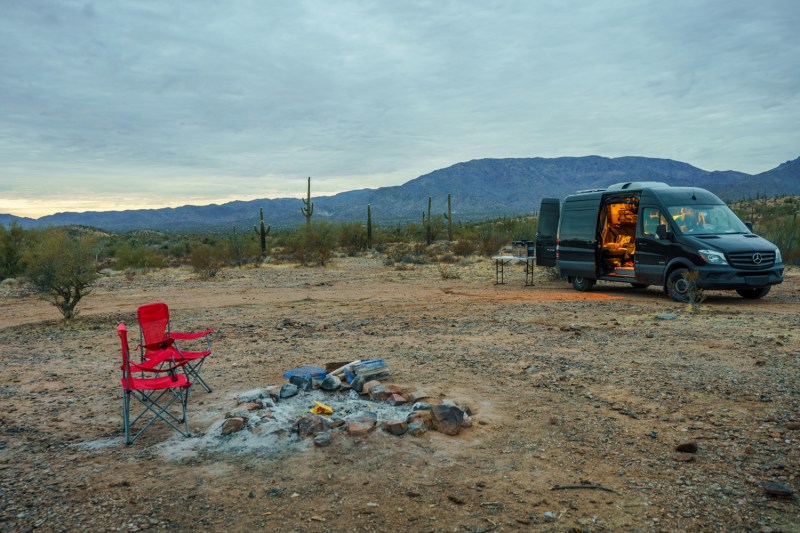
Once you have a van purchased, it’s time to build it out. If you’re having trouble knowing where to start, there are a ton of videos on YouTube with suggestions for cool, useful designs. Most conversions include three key components: a bed, storage, and some form of table or sitting space. These can be configured in an endless array of formats, but here are a few tips:
- Your bed doesn’t necessarily have to be fixed in place. If you can use a fold-out or slide-out design, it will give you more space for when you’re not sleeping.
- Make your bed into a lockbox. By anchoring to the floor with turnbuckles, you can ensure that you have a fairly safe place for valuables.
- Get creative with materials. As of this writing, lumber prices are astronomical. Consider working around this by recycling old furniture from a thrift store, then cutting it to suit your needs.
- Forget complicated sink systems. A lot of conversions feature sink installations that are powered by a pump of some sort. While it’s a good idea in theory, many van-lifers learn that their sink doesn’t end up working the way they hope it will. Instead of an elaborate installation, one alternative is a portable camping shower, specifically this Helio pressure shower from Nemo, which can be used for all your rinsing needs.
As for gear, once again the variables are infinite, but most van lifers would agree that the essentials include:
- A power source of some kind, whether it’s a solar power station or inverted from a car battery.
- Someplace to keep food cool, which could be either a traditional outdoor cooler or a portable refrigerator.
- Window coverings for privacy and temperature control.
- A solid collection of camping cooking gear. Quality meals make living out of a van much more enjoyable.
We’ve gone ahead and included some specific product recommendations below this article.
From there, van life is all about experimentation — testing out different gear and storage arrangements until you hone down your ideal setup. You probably won’t launch with the perfect arrangement from the moment you hit the road, but that’s OK. Part of the fun is in the trial and error of the whole thing.
Ecoflow River Pro Portable Power Station
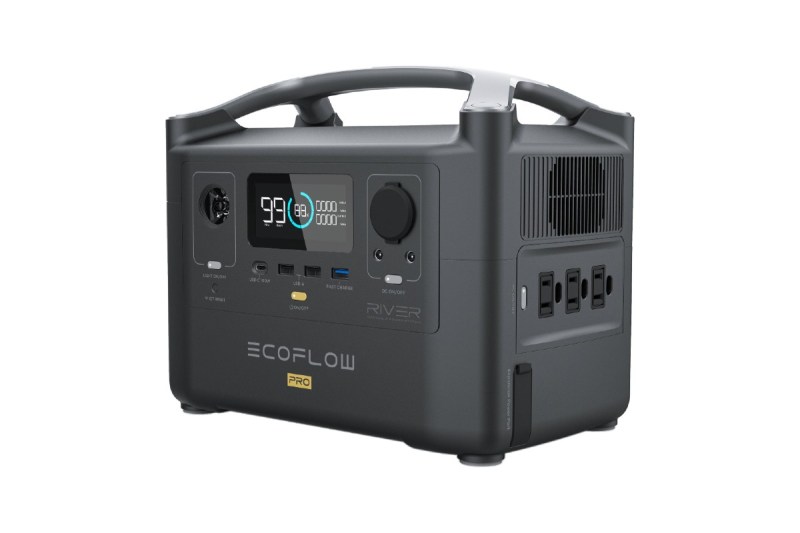
There are a lot of solid portable power stations on the market these days, but the River Pro from Ecoflow stands out thanks to the fact that it charges so fast and has such durable build quality. It also hits the sweet spot between charge capacity and portability, offering plenty of juice without too much weight. Pair it with a set of Ecoflow’s excellent solar panels for ultimate mobile power.
Big Agnes Sidewinder Sleeping Bag
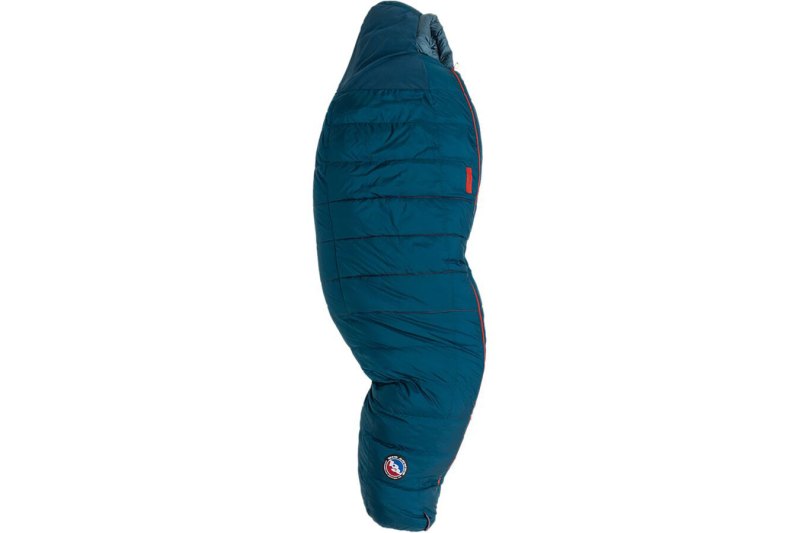
While this sleeping bag was specifically designed to provide a better night’s sleep for side sleepers — a job it accomplishes perfectly — it turns out that it’s simply a super comfortable sleeping bag all around. Not only is it well-padded and soft to the touch, but it will keep you supremely warm through cold nights on the road.
Yeti LoadOut GoBox 30
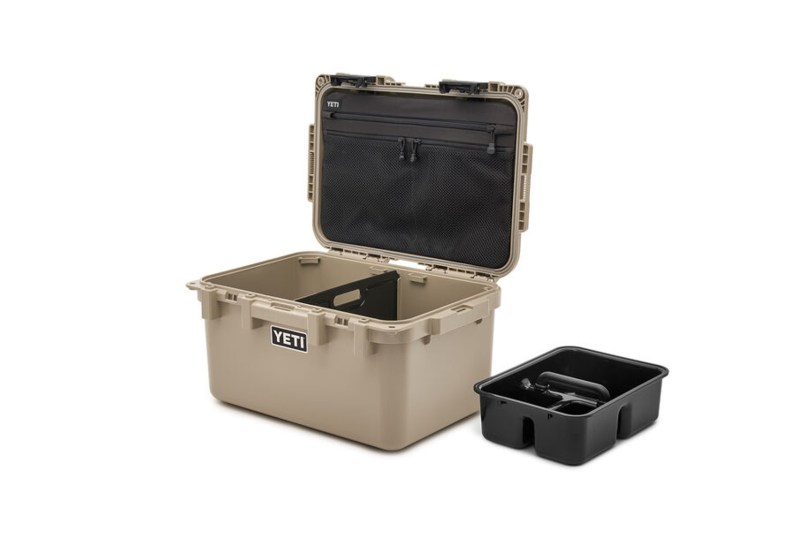
Yeti makes some of the best camping gear around, and the LoadOut GoBox 30 is perfectly reflective of their commitment to tough, smart outdoor design. It might seem like a simple gearbox, but what a gearbox! Uber durable, well organized, with a slip-proof footprint to keep it from sliding across your van, it is ideal for its task.
Biolite AlpenGlow Lantern 250

When it comes to illuminating your van with soft, pleasing, yet visibility-affording light, the Biolite AlpenGlow Lantern is an excellent choice. It’s outdoor durable, compact, and packable, has a solid battery life, and provides ample light without becoming glaring. And for added bonus points, it changes colors.
Tribit StormBox Pro Bluetooth Speaker
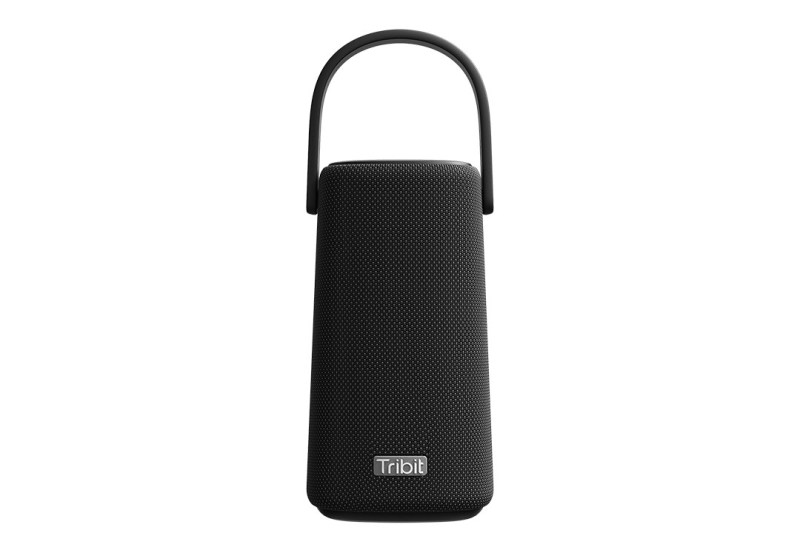
You need to be able to bring your soundtrack along wherever you go, and the Tribit StormBox is what you need to do it. With outstanding 360-degree sound, 24 hours of battery life, and solid durability — including IPX67 waterproofing — it will keep your van life rocking.
Editors' Recommendations
- Gearing up for van life: Van conversion tips to make your time on the road easy
- The 10 Best Pieces of Solar Gear for Exploring Off-Grid in 2022
- The Best Outdoor Gear for Your 2022 Adventures
- The 9 Best Gifts Van-Lifers Will Actually Use
- The 8 Best Pieces of Camping Gear Under $200 on Amazon




